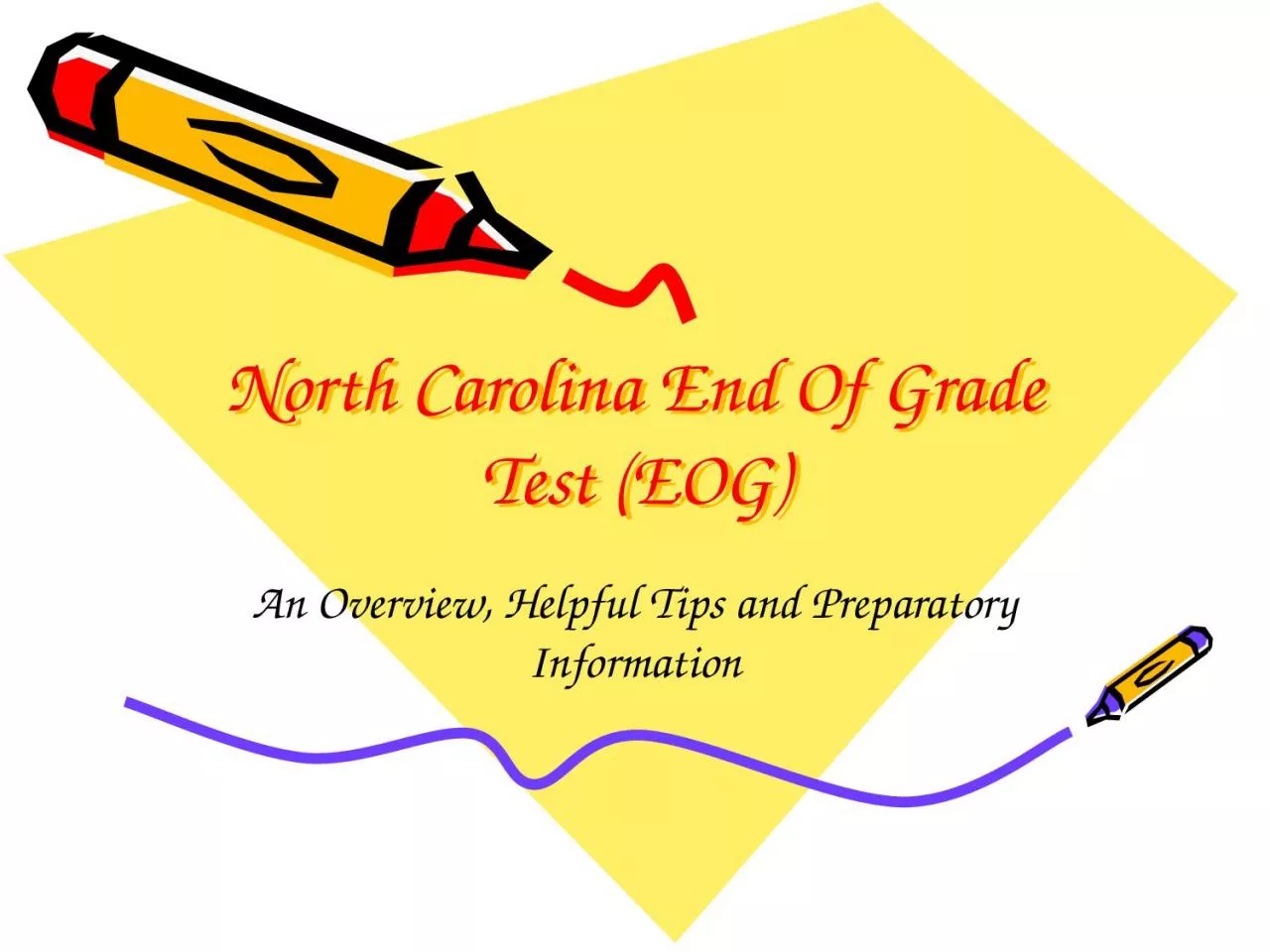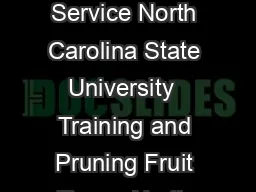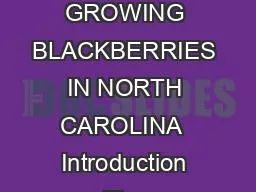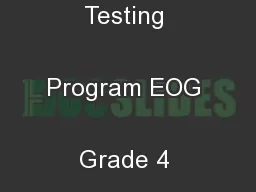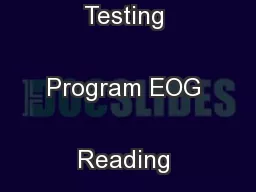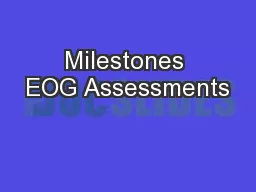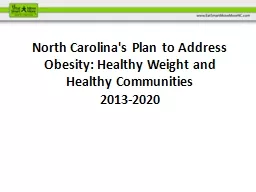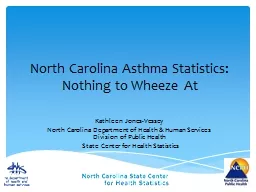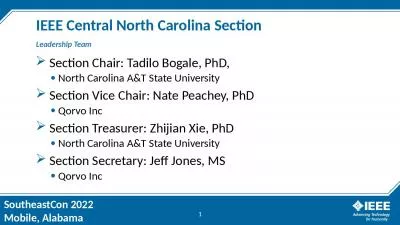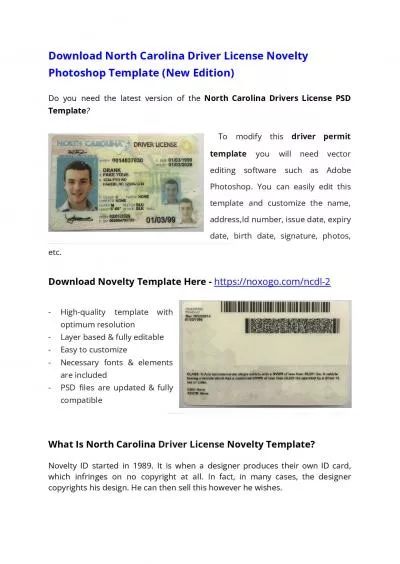PPT-North Carolina End Of Grade Test (EOG)
Author : adia | Published Date : 2022-06-11
An Overview Helpful Tips and Preparatory Information When Are They May 31 st and June 1 st and 2nd An Overview What are they for Designed to measure student
Presentation Embed Code
Download Presentation
Download Presentation The PPT/PDF document "North Carolina End Of Grade Test (EOG)" is the property of its rightful owner. Permission is granted to download and print the materials on this website for personal, non-commercial use only, and to display it on your personal computer provided you do not modify the materials and that you retain all copyright notices contained in the materials. By downloading content from our website, you accept the terms of this agreement.
North Carolina End Of Grade Test (EOG): Transcript
Download Rules Of Document
"North Carolina End Of Grade Test (EOG)"The content belongs to its owner. You may download and print it for personal use, without modification, and keep all copyright notices. By downloading, you agree to these terms.
Related Documents

